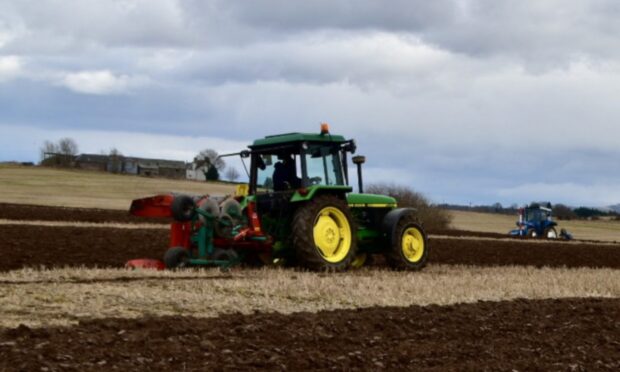Tayside farmers are warning that the damage being caused by illegally-released beavers is about to take a serious toll on public resources.
Trees have been felled by the animals on the edge of the A90 dual carriageway near Douglastown, and NFU Scotland’s Angus branch chairman, Euan Walker Munro, says the realisation is about to dawn that the impact of beavers is going to be felt well beyond agriculture.
“For a long time the Tayside beaver problem has been seen as an issue for a few whingeing farmers in Strathmore,” he said.
“We’ve tried to point out the impact over the years, but people have chosen to look the other way.
“Angus Council and others are going to have to deal with the consequences and they are going to have to approach Government for funds, which ultimately means less money for doctors and nurses.
“Do we want councils to spend money on repairing beaver damage or on
more essential services? Unfortunately the frustrating bit is that we can say we told you so.”
An Angus Council spokesman said the damage to trees on the edge of the A90 had been spotted by a roads supervisor and an assessment of the area had been carried out which established there was no risk of flooding to the road.
However, the council did remove a tree in the Kingoldrum area last year which was felled as a result of beaver activity.
The spokesman added: “We do not have a contingency fund specifically for damage caused by beavers and it is presently the responsibility of land-owners to manage any activity on their land.”
Mr Walker Munro, who farms at Kinnetles, said that the cost of damage on individual farms was running at thousands of pounds.
He added: “Repairing a river bank costs £2,000-£3,000 and removing a dam is about £200, but people in the Central Belt couldn’t care less.
“However, once the beavers reach the outskirts of cities it will start
to get the attention of Holyrood.”
The existence of beavers in Strathmore was first reported to
Scottish Natural Heritage (SNH) in 2008.
In 2016, Environment Secretary Roseanna Cunningham announced that the wild beaver population in Tayside would receive legal protection and be allowed to expand its range naturally.
A new survey has mapped the current beaver population size and the results are due for publication next month.
It will update one done in 2012 and this time the area surveyed has been extended to include parts of the lower Forth and the catchment of the Tay Estuary – the Carse of Gowrie and north Fife coast, reflecting the increased range of the animals.
nnicolson@thecourier.co.uk










